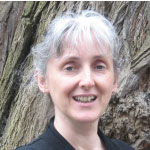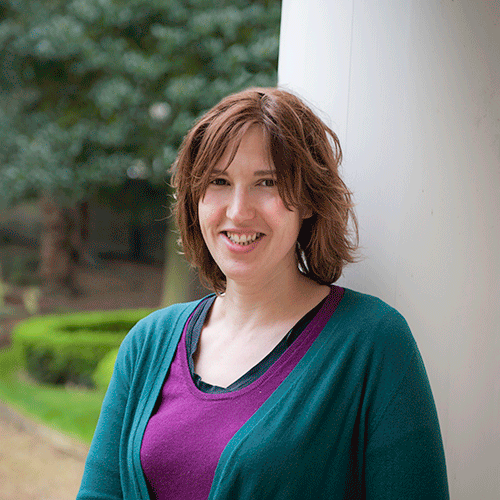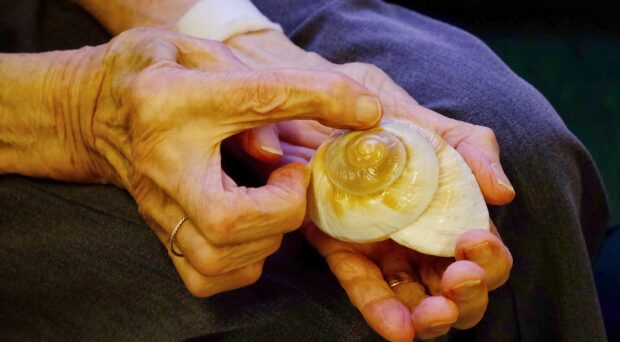In January to March 2016 a team of University of Cambridge Museum educators (Kate Noble from the Fitzwilliam Museum, Naomi Chapman from the Polar Museum and Sarah-Jane Harknett from the Museum of Archaeology and Anthropology) worked on a research project looking at how teachers use collections based and digital resources in the classroom. Their findings will inform the development of learning resources across the University museums.
Read their first blog post about the project. In this second blog post they discuss their findings about how teachers use digital resources to inform their teaching.
What do teachers want?
Having talked with over 40 teachers in 5 different settings, 5 clear themes emerged:
Trusted Site: Teachers look for quality and reliability. Information must be accurate and there must be no issues with copyright.
I like the idea of having a site that is reliable and being able to visit that site time and time again (secondary school teacher)
Expertise: Teachers Need Guidance on Teaching from Images and Objects. They want a basic set of information about the object and will not spend time wading through pages of academic or curatorial text to get the information needed.
People worry about how to introduce artefacts, maybe [you could have] some kind of demonstration. What you should have is somebody model it: here’s an artefact, here’s the questions you might ask to get the children’s juices flowing, how old it is? how was it used?
You do need the subject knowledge… (lower school teacher)
Searchability: Teachers are time poor. They need clear information that is easy to access, well organised and clearly related to key stage and topics.
It’s got to be simple and instantly accessible (secondary school teacher)
Clear Visuals: Images are highly valued and extensively used. Many teachers use images on an interactive white board (IWB). The images need to be clear and good quality. If there are video clips they need to be short (less than 5 mins) and clearly signposted and narrated.
It would be nice if you had a 360 of an object (KS1 teacher)
Adaptable Content: Activity ideas NOT Lesson Plans: Teachers search quickly to borrow images and information to embed within their lessons.
I’m not after a lesson plan but it is nice to have an idea..like, if you have a video what you could link it to (KS1/2 teacher)
 What would a digital resource based around teacher need look like?
What would a digital resource based around teacher need look like?
- Teachers, children and young people should be central to the design, ongoing review and evaluation of new resources;
- Resources designed as a ‘pick and mix’ offering and consist of a wide range of different content;
- Easy to use, well organised content underpinned by an excellent search engine (key stage, subject and curriculum areas and links);
- High quality images that can be copied, shared and edited for educational purposes;
- Short video clips that are classroom friendly;
- Key questions and prompts with ideas about how to teach for objects;
- Downloadable resources (internet connections in schools are not always reliable);
- Good trusted links and sources that contain copyright, author and references.
You can download the full report here and download our presentation to the Museum Computer Group Conference in October 2016.









